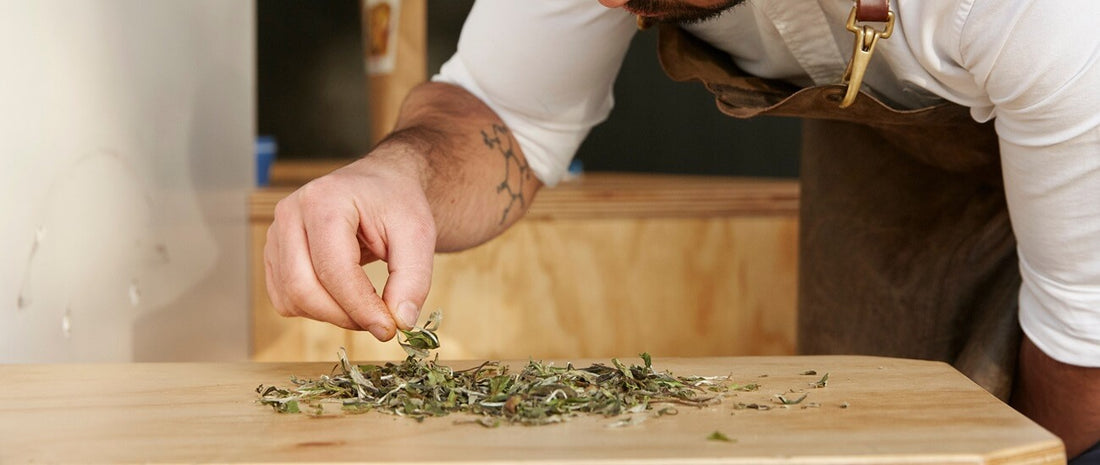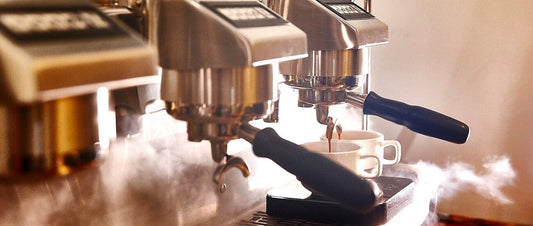
From Farm to Cup: The Journey of a Tea Leaf
Welcome to the fascinating world of tea, a beverage cherished globally for its rich flavors and cultural significance. In this journey, we'll explore the process from initial tea cultivation to the final brewed cup. Discover how the humble tea leaf travels from remote farms to your teapot, revealing its story and transformation along the way.
The Origin of Tea Leaves
Tea cultivation begins in the ancient landscapes of China and India. Over centuries, this art spread across Asia and beyond, with each region nurturing unique varieties. Explore the diverse terrains, from the high-altitude estates of Darjeeling to the lush fields of Sri Lanka. Each leaf tells a story of tradition, climate, and heritage, shaping the myriad varieties of tea we enjoy today.
Cultivation and Harvesting
Tea cultivation is a blend of nature's rhythms and the farmer's expertise. Each plantation offers a distinct environment that shapes its tea's character. The process requires timing and technique, with skilled farmers knowing the exact moment to harvest. Seasonal changes influence the growth and flavor profiles of the leaves, setting the foundation for the tea's quality and taste.
Handpicked vs. Mechanised Harvesting
The debate between handpicked and mechanized harvesting in tea cultivation is one of tradition versus innovation. Handpicking is renowned for its precision, ensuring each leaf is at its peak of flavor. On the other hand, mechanized harvesting offers efficiency and consistency, meeting the high demands of the global tea market. Both methods play vital roles in the modern tea industry.

Processing the Tea Leaves
After harvesting, tea leaves undergo a transformational journey through processing. This stage turns green leaves into black, green, white, and oolong teas. Specific steps like withering, oxidation, rolling, and drying enhance the leaves' natural flavors, bringing out unique characteristics. It's a blend of age-old techniques and modern technology, ensuring each batch is a testament to tradition and quality.
Withering and Oxidation
Withering is the first step in tea processing, where leaves dry to reduce moisture content. Oxidation follows, defining the type of tea by exposing leaves to air, causing chemical reactions that develop flavors and colors. The extent of oxidation ranges from minimal in green teas to complete in black teas, profoundly impacting aroma and taste.
Rolling, Drying, and Aging
After oxidation, leaves are rolled to shape and enhance flavor. This step releases essential oils, intensifying the tea's aroma. Drying halts oxidation and stabilizes the tea for storage. Certain teas, like oolong and pu-erh, undergo aging to develop their flavors over time, adding depth and complexity.
Quality Control and Grading
Quality control and grading ensure only the best leaves reach your cup. Tea is graded by size, shape, and quality, with various standards applied across different regions. This rigorous process ensures consistency and excellence in every brew.

Packaging and Distribution
The final steps involve packaging and distribution. Packaging preserves the tea's freshness and flavor, often using vacuum-sealed bags or traditional methods. Distribution channels bring these flavors from remote farms to global markets, allowing tea enthusiasts to savor the world's finest teas.
The Role of Fair Trade and Sustainable Practices
Fair trade and sustainable practices are crucial in tea cultivation. These practices ensure farmers receive fair compensation, fostering community development and sustainable farming. Supporting fair trade and sustainability promotes ethical practices in the tea industry, benefiting farming communities and the environment.
Brewing the Perfect Cup
Brewing tea is an art, involving more than just steeping leaves. Understanding each variety's nuances, such as the ideal water temperature and steeping time, allows you to appreciate the full range of tea flavors.

Tea in Culture and Society
Tea is a cultural icon, influencing rituals and ceremonies worldwide. From the Japanese tea ceremony to British afternoon tea, each tradition highlights tea's cultural significance and historical importance.
Innovations in the Tea Industry
The tea industry continues to evolve with innovations in cultivation and processing. Advances in technology, sustainable farming, and market trends shape tea's future, bringing new flavors and experiences to tea lovers while ensuring the industry's sustainability.
The final infusion
Our journey from farm to cup highlights the intricate process behind every tea leaf. It's a story of tradition, craftsmanship, and innovation. As you savor your next cup of tea, appreciate the journey that spans continents and cultures, bringing the world to your teapot.




